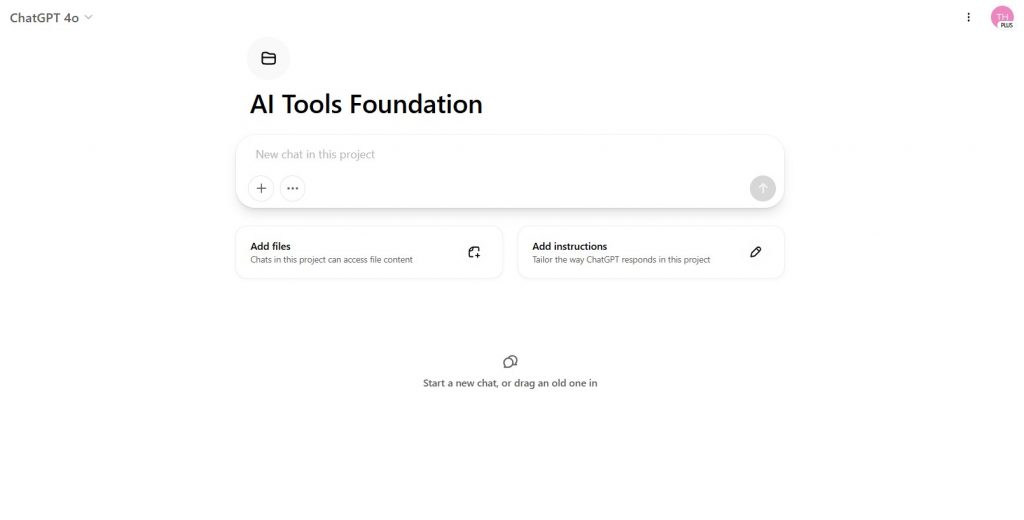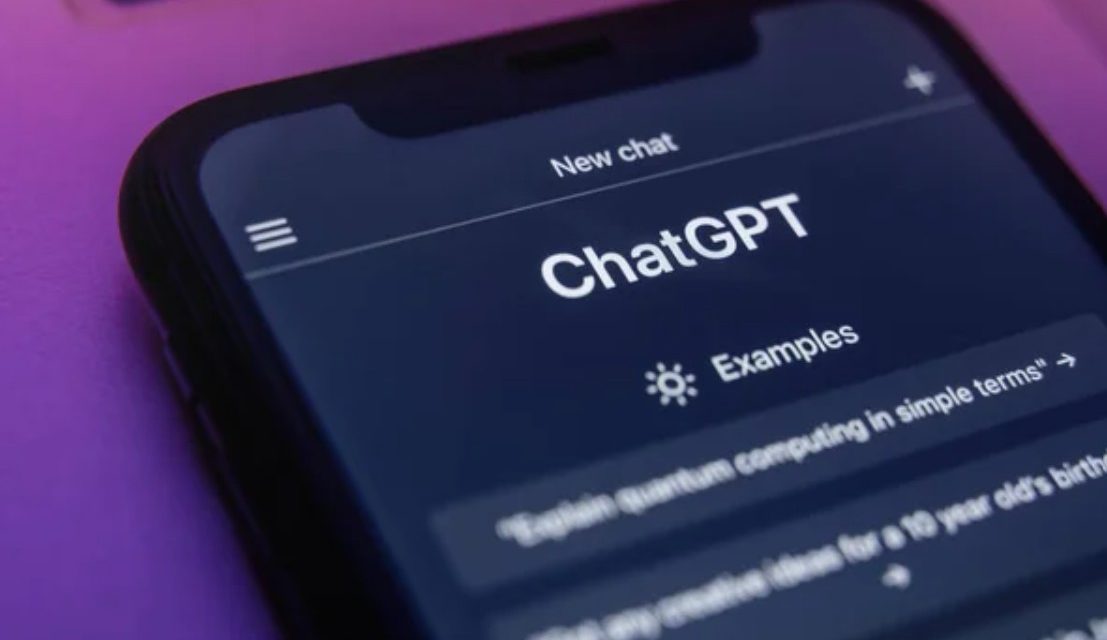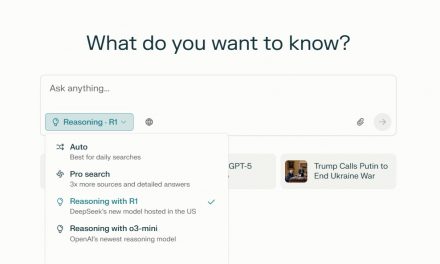When OpenAI quietly rolled out its ChatGPT Projects feature to premium users last month, it appeared at first glance to be another productivity tweak in the relentless march of AI enhancements. But having tracked the evolution of generative AI from research curiosity to enterprise essential, I recognized something more profound taking shape. This isn’t just about organizing chat histories—it’s about redefining how humans structure their collaboration with artificial intelligence.
The feature’s simplicity belies its ambition. Projects allows users to compartmentalize AI interactions into discrete workspaces, each with persistent files, custom instructions, and contextual memory. It’s akin to giving ChatGPT a filing system that understands both your spreadsheet data and your creative process. For enterprise teams juggling multiple initiatives or researchers coordinating cross-disciplinary efforts, this could transform chaotic AI experimentation into structured workflows. But to grasp its full significance, we need to examine both the technical architecture beneath the interface and the cultural shift it enables.
The Breaking Point in AI Collaboration
The launch comes at a critical juncture in AI adoption. Enterprises report “prompt sprawl” as their number one pain point in scaling ChatGPT usage—teams drowning in disconnected conversations, duplicated file uploads, and inconsistent instructions. A recent MIT Computational Collaboration Study found knowledge workers waste 37% of their AI interaction time recreating context from previous chats.
“We’ve reached peak fragmentation,” says Dr. Elena Torres, lead AI researcher at Stanford’s Human-Centered AI Institute. “Users aren’t just talking to an AI—they’re conducting symphonies of specialized interactions. Without organizational infrastructure, that cognitive load becomes unsustainable.”
Projects directly addresses this by introducing what OpenAI engineers describe as “contextual persistence.” Unlike traditional folders that merely group files, each Project maintains an evolving understanding of user intent. Upload a technical manual in January, and June’s chat about troubleshooting will reference it without prompting. Add custom instructions about writing style, and all subsequent project interactions inherit that voice.
Technical Anatomy of an AI Workspace
To understand how Projects achieves this, it’s best to look at the innovations that are emerging:
- Dynamic Context Vectorization: Each Project builds a continuously updated embedding space—a mathematical representation of all interactions, files, and instructions. When users initiate a new chat, the system doesn’t just retrieve relevant history; it calculates contextual proximity to previous discussions.
- Differential Memory Access: Unlike standard ChatGPT’s flat memory buffer, Projects employ hierarchical attention mechanisms. Core instructions receive permanent weighting, while transient chat details fade unless reinforced—mimicking human working memory.
- Cross-Modal Binding: Uploaded PDFs, spreadsheets, and images aren’t just stored attachments. The system extracts structured data (tables), unstructured concepts (research paper themes), and even visual elements (diagrams), weaving them into the Project’s knowledge web.
This technical scaffolding enables what product lead Amanda Chen describes as “compound intelligence.” Each Project becomes a specialized instance of ChatGPT, fine-tuned not through months of model retraining, but through iterative user collaboration.
Get Started With ChatGPT Projects: A Strategic Blueprint
While the interface seems intuitive, maximizing Projects’ potential requires deliberate design. Here’s how enterprises and power users are structuring their workflows:
- Foundation Layer
Begin by defining the Project’s purpose. Is this a legal contract analyzer? A marketing campaign ideation hub? Naming conventions matter—OpenAI’s systems use project titles to infer contextual relationships. - Custom Instruction Crafting
This isn’t mere prompt engineering. Effective instructions blend role definition (“You are a senior biochemist peer-reviewing this paper”), stylistic guardrails (“Avoid jargon; explain concepts to non-specialists”), and operational rules (“Cross-check all citations against PubMed”). - File Curation Strategy
Upload only documents critical to the Project’s core mission. Overloading with redundant files strains the context window. As AI ethicist Dr. Lina Marques warns, “Every uploaded PDF becomes part of the AI’s worldview—curate like your decisions shape an employee’s training.” - Iterative Refinement
Projects evolve. A financial analyst at Goldman Sachs shared how their “Q2 Market Forecast” Project started with earnings reports and evolved to include real-time Fed policy analysis: “We update instructions weekly—it’s like training a specialist who never sleeps.”
How to Make Use of ChatGPT Projects: Enterprise-Grade Applications

The true power emerges when Projects transcend personal productivity and enter organizational workflows:
Regulatory Compliance Engine
A multinational bank created Projects for each jurisdiction (EU GDPR, California CCPA), loading regional regulations, internal policies, and breach response protocols. “New compliance officers can simulate enforcement scenarios,” their CTO explains. “The Project remembers past audit findings, creating institutional memory we never had.”
AI-Powered M&A Toolkit
Private equity firms deploy Projects for due diligence. One contains 10 years of acquisition targets’ financials, industry reports, and custom instructions like “Flag any revenue recognition irregularities post-ASC 606.” The AI surfaces patterns human analysts might overlook.
Educational Course Designer
Universities are building Projects per academic discipline. A neuroscience Project includes lecture videos, research papers, and instructions like “Explain concepts using case studies relevant to med students.” Tutors report 30% faster content development.
When Organization Enables Dependency
However, Projects’ convenience raises ethical questions. By creating self-contained AI environments that “remember” everything from patent applications to personal journals, are we normalizing over-reliance on opaque systems?
“There’s a reason we compartmentalize human knowledge,” warns Dr. Marques. “A lawyer keeps client files separate; a journalist protects sources. When all these threads live in AI Projects governed by corporate terms of service, we risk creating monolithic dependencies.”
OpenAI’s documentation confirms Project data trains models unless users opt out—a concerning prospect for enterprises handling sensitive information. While the company offers SOC 2-compliant enterprise tiers, the default settings create privacy pitfalls for unwary teams.
The Road Ahead: From Folders to Ecosystems
Looking forward, Projects could evolve into something far beyond an organization tool. Imagine:
- AI Project Templates: Pre-configured workspaces for clinical research, legal contract analysis, or supply chain optimization, combining verified data sources and expert-level instructions.
- Cross-Project Synthesis: Systems that identify patterns between unrelated Projects, surfacing insights a human might miss.
- Blockchain-Verified Audit Trails: Immutable logs for regulated industries, marrying AI’s analytical power with blockchain’s accountability.
OpenAI’s silence on its roadmap speaks volumes. But in my conversations with AI engineers, a consistent theme emerges: Projects isn’t just a feature—it’s the foundation for ChatGPT’s transition from tool to platform.
Reorganizing Human-AI Collaboration
As I test Projects in my own work—separating investigative journalism research from technical deep dives—the implications crystallize. This isn’t about tidying up chats. It’s about creating stable frameworks where human expertise and artificial intelligence can compound over time. Each Project becomes a living repository, evolving with each interaction yet maintaining a coherent identity.
But with great organizational power comes great responsibility. How we structure these AI workspaces—what we choose to preserve, how we govern access—will shape the next era of digital collaboration. Projects offer a glimpse of both the extraordinary potential and the sobering challenges of building lasting partnerships with artificial minds.





